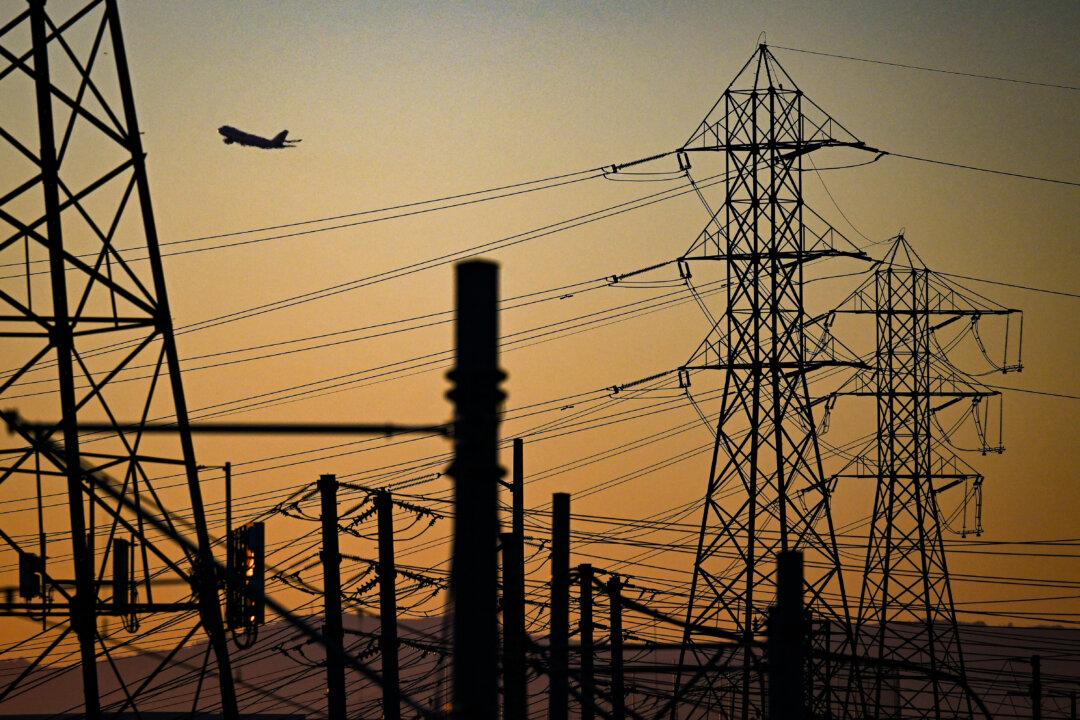With utility prices pressuring family budgets in California, some are questioning the role played by “hidden taxes” derived from the state’s climate mandates.
These policies are derived from the state’s goals of achieving 90 percent “clean electricity” and a carbon-neutral economy by 2045, as defined by legislation passed in 2022.





